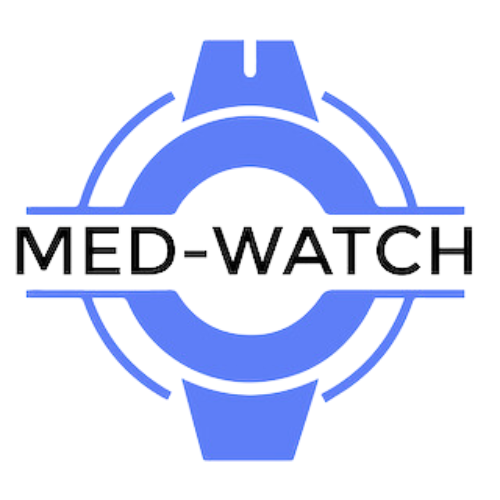Blood pressure is mainly the force that drives the blood through the circulatory system. It is a vital force as it helps move the oxygen and essential nutrients through the circulatory system. Moreover, it also delivers white blood cells to boost internal immunity and antibodies. It is also important as it delivers essential hormones like insulin through the circulatory path.
How is the Blood Pressure Measured?
- Systolic Blood Pressure (first number): When your heart beats, the amount of pressure your blood exerts against your artery walls is measured.
- Diastolic Blood Pressure (second number): represents the amount of pressure your blood exerts against your arterial walls while your heart is at rest between beats.
Categories of Blood Pressure
Normal: It is considered normal blood pressure when the blood pressure is less than 120/80 mm Hg. To maintain good blood pressure, stick to healthy habits like a properly balanced diet, regular excises, etc.
Elevated: This occurs when the pressure ranges from 120-129 systolic and less than 80 mm Hg diastolic. It may lead to high blood pressure if prevention is not taken properly.
Hypertension Stage 1: In the case of hypertension, the blood pressure rises to 130-139 systolic or 80-89 mm Hg diastolic and is considered high blood pressure. It is a serious concern for patients, and they need to change their lifestyles. There is also a risk of having cardiovascular diseases like heart attacks or stroke.
Hypertension Stage 2: It occurs when the blood pressure constantly ranges from 140/90 mm Hg to higher. Under this circumstance, doctors prescribe a combined treatment of blood pressure medications and change the lifestyle.
Hypertensive Crisis: This severe issue occurs when the blood pressure suddenly exceeds 180/120 mm Hg. Under this condition, relax and measure your pressure again after five minutes. If there’s nothing change in pressure and it is exceptionally high, immediately consult your doctor. In cases of organ damage like shortness of breath, low sightedness, back pain, and chest pain, directly refer to the doctor instead of waiting for the pressure to become normal.
Relation of Blood Sugar with Blood Pressure
There is a significant relationship between blood sugar and blood pressure. Insulin, a hormone that plays an essential role in managing the glucose level in the body, relates to the nitric oxide produced in blood vessels. Insulin blocks the production of nitric oxide in the vessels. Nitric oxide helps in lowering blood pressure levels by expanding the blood vessels.
Thus, excess blood sugar reduces the elasticity of vessels, making them narrower, which in turn cause impeding the flow of blood. Now, this may lead to a diminished supply of oxygen and blood. It will eventually grow the risk of high blood pressure and may damage small blood vessels and cause a heart attack.
How do Smartwatches Help Detect Blood Pressure?
Premium and advanced Smartwatches use light sensors to detect and calculate blood pressure. They generally use Pulse Transit Time (PTT) to measure the pressure using two sensors fixed in the watches, electrocardiogram (ECG) sensors and optical heart rate (PPG) sensors.
You can buy the best smartwatches with an accurate blood pressure reading from MedWatch. They have the highest accuracy rate and are precisely built for this purpose.
Conclusion
Blood Pressure is an essential phenomenon in our body. It can be high or can below. Always try to maintain your pressure by following healthy diets and exercises. Always remember a healthy body is also a healthy mind.
